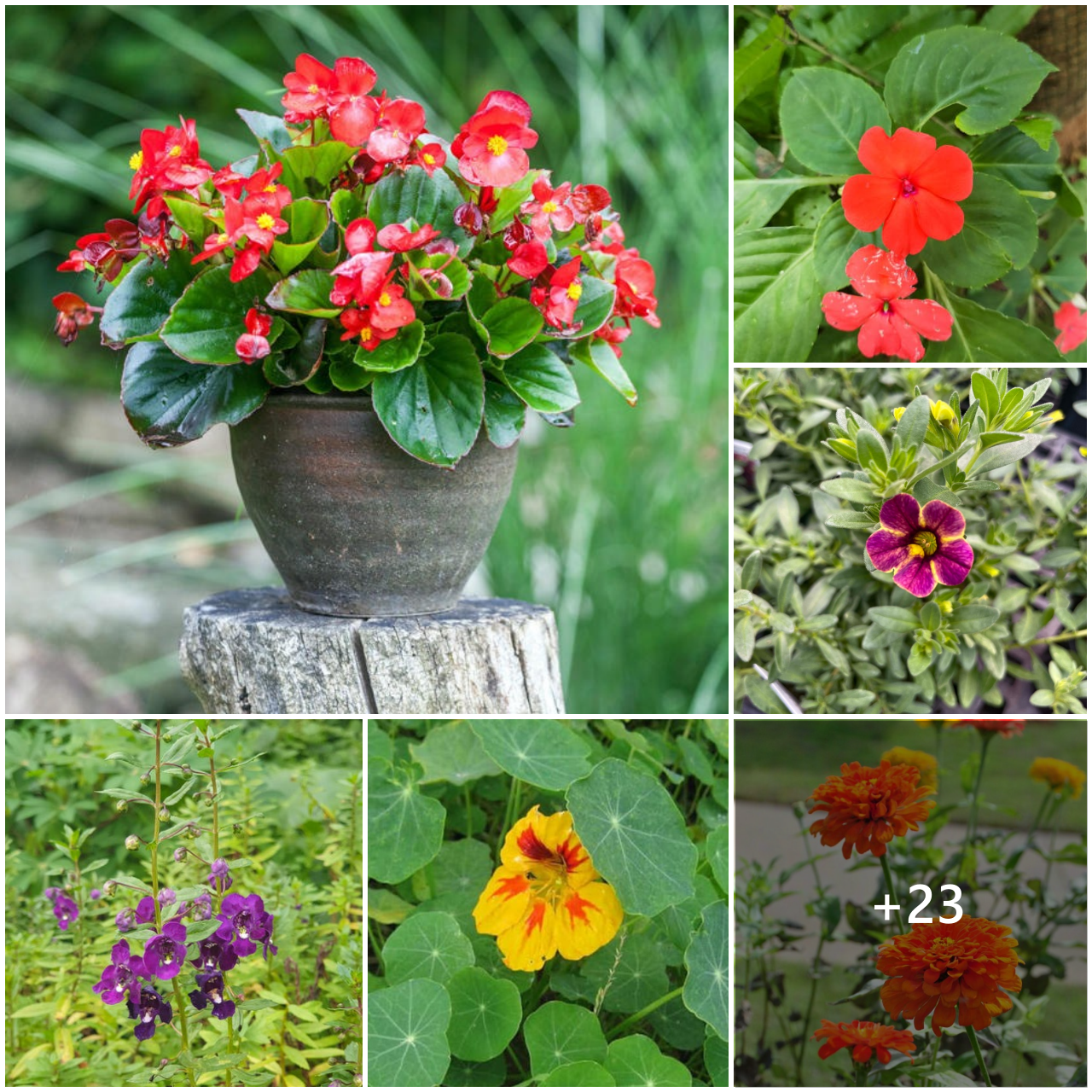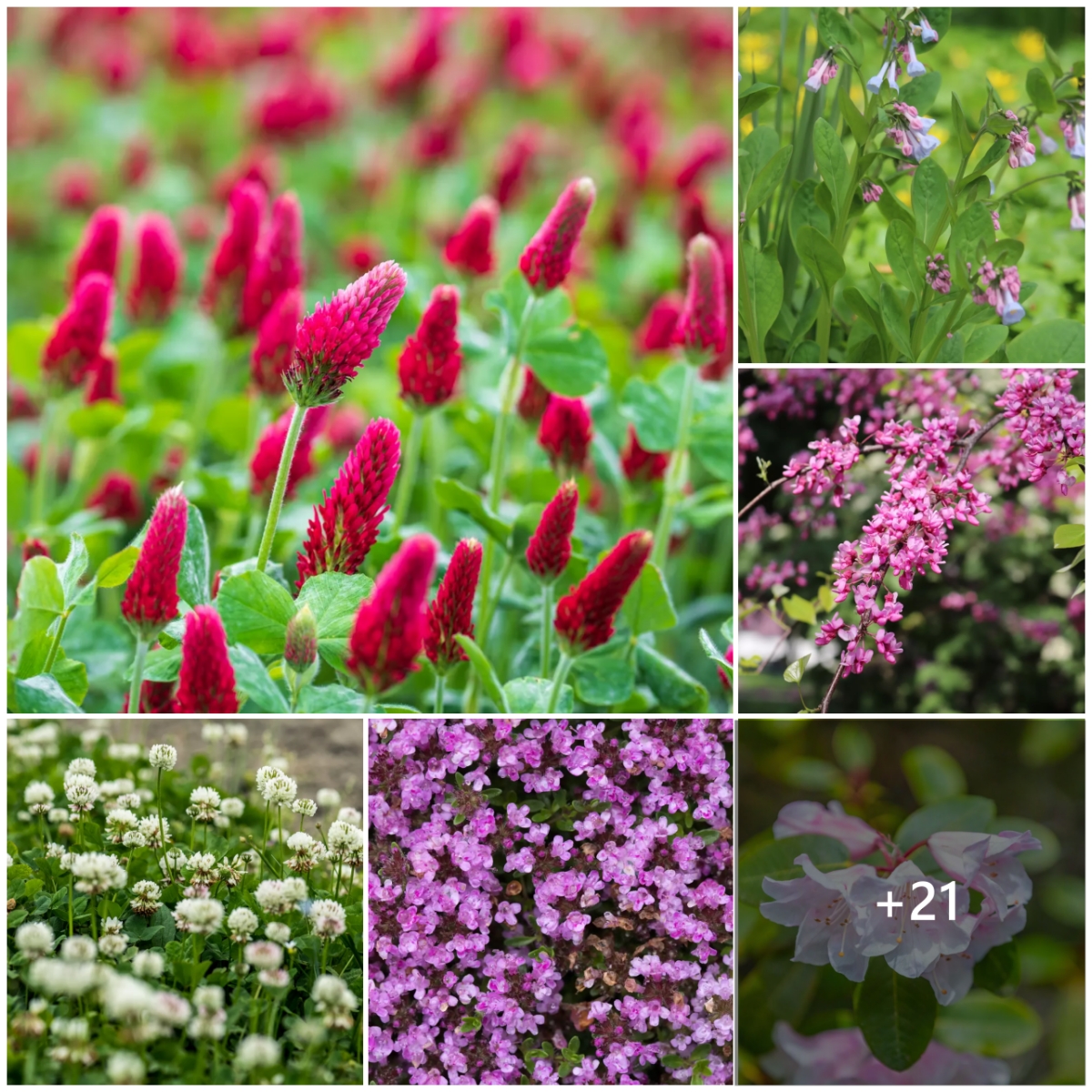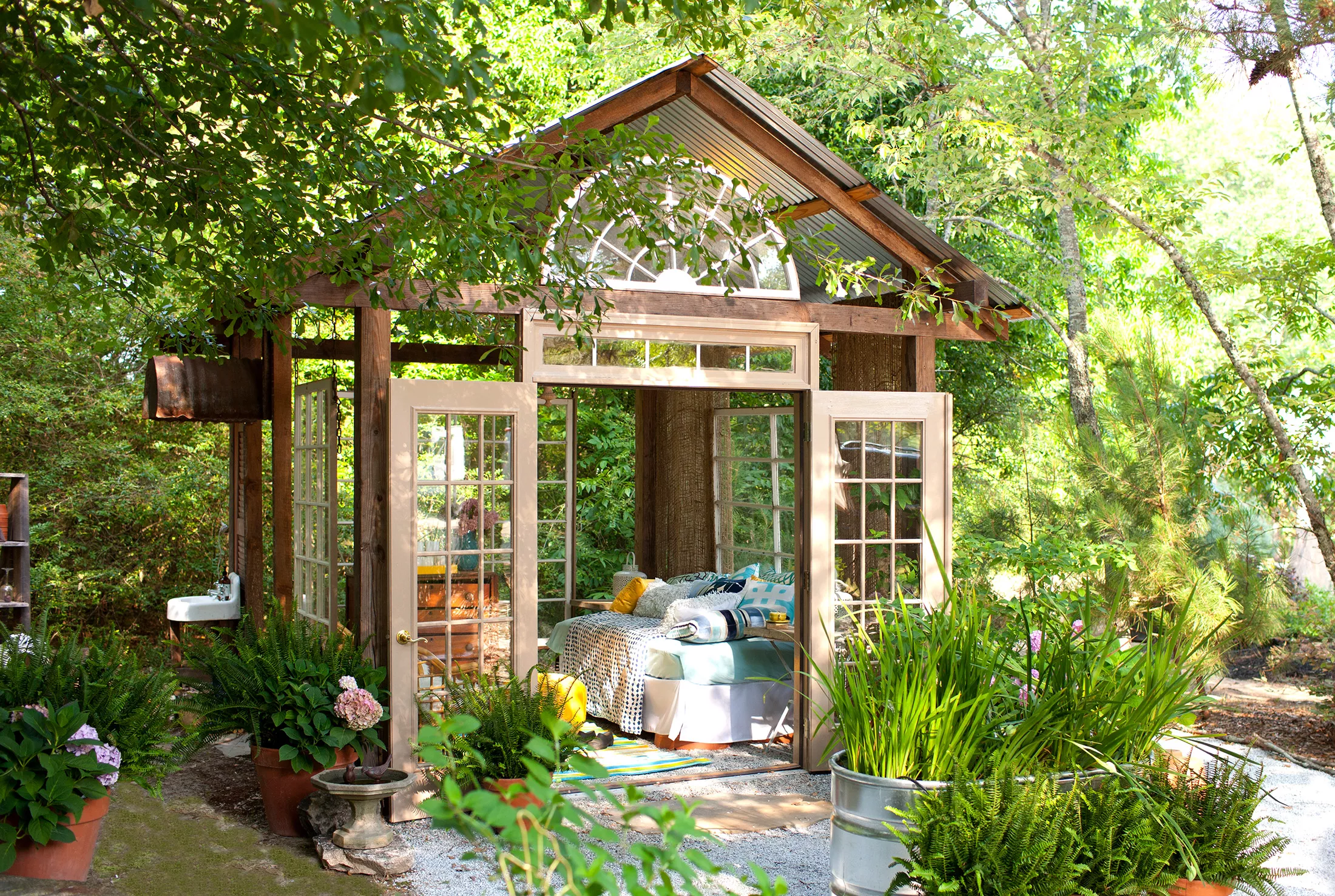
Contrary to its name, a garden room doesn’t necessarily mean it houses any greenery, although you might choose to include it for ambiance. Unlike a potting shed or greenhouse, which are designed to grow plants optimally, a garden room can serve a wide range of functions. And, unlike a solarium, a sunroom, or any relaxing space where you choose to set up an indoor garden, it’s completely detached from your home.
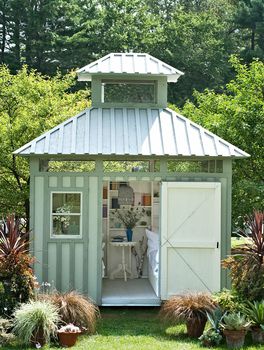
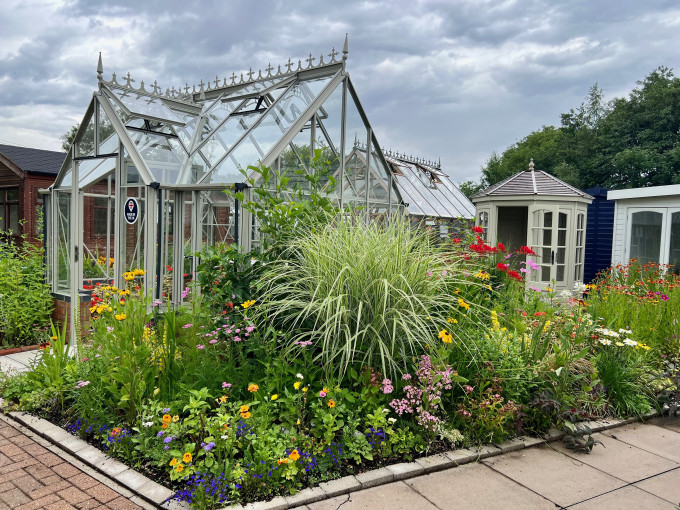
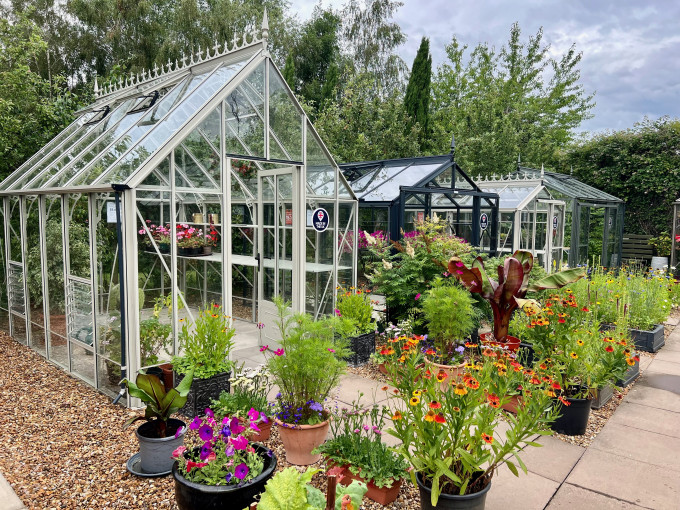
In other words, it’s an extension of your living space, but it sits in your yard, or garden. Garden rooms are usually insulated with weather-resistant materials, so you can use them year-round, regardless of the temperature or elements.
What’s the Difference Between a Garden Room and a Shed?
You might be wondering what makes a garden room unique from, say, a she shed. A regular backyard shed is more obvious since it’s primarily used for storage and not as living space. But she sheds became popular as a space to unwind or work from home. So how are they different? There’s one prominent feature that separates them: Insulation. Without it, you can only hang out in a shed space when the weather is temperate. With an insulated garden room, you can use it any time you’d like.
Benefits of Building a Garden Room
In addition to expanding usable square footage to your property (which adds value to your home), there are multiple benefits to building a garden room. For one, it’s much more cost-effective and less complicated to construct than if you were to add an extension to the house. Not to mention, you won’t have to worry about construction disrupting life as you would with a home renovation or remodel, since all the work is done outdoors.
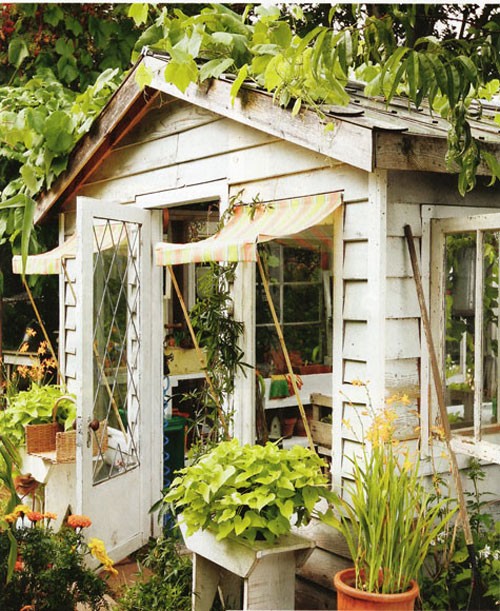
And, because they’re about the size of a shed, there’s a good possibility you won’t need a permit to build one. However, depending on your local building codes, zoning regulations, or HOA rules—or if you plan to install electricity, plumbing, or HVAC—you will have to check with your municipality or HOA board to ensure you comply.
The most popular reasons for building a garden room are to create a retreat from stress and responsibilities, or to have a space to focus while minimizing distractions. This is likely because you’re not only disconnected from daily chores (such as laundry and dishes), but garden rooms are also built to enhance privacy. While windows that let in natural light are encouraged, many people opt to surround the structure with organic fencing, like a row of hedges or a trellis, for an intimate space with a beautiful view.
How to Use a Garden Room
Before you design your garden room, determine the primary purpose of the space. This will be helpful when designing the space, but you can always explore new hobbies and make changes as needed.
Create a functional workspace by making it into a home office, craft room, or a quiet place to read or write. If you don’t have space for a home gym in your house, turn your garden room into a meditation or yoga studio, or consider installing a home spa with a sauna or hot tub. If you’re more of an entertainer, build the perfect hosting spot by creating a happy hour spot for neighbors to gather (complete with a home bar, of course) or a mini movie theater and gaming room. Remember, you can modify the room’s function as your needs, wants, or goals change over time.
How to Create a Garden Room in Your Backyard
If you’re ready to create a custom garden room in your backyard, these tips can help you bring it to life. If you don’t already have an existing structure, this can be a hefty investment—and you’ll likely need to hire professionals for some or all of the project.
1. Determine the Size and Location
The size of the garden room may be dictated by the zoning requirements or what you’re looking to use it for, which, in turn, can affect its location. Bear in mind how the sunlight falls in your yard throughout the day, especially if you need natural light for work or exercise. This is especially important if you don’t plan to add an electrical component for lighting.
2. Create a Design Plan
Whether you’re DIYing this project or hiring a professional to build it, it’s wise to sketch out your vision first. Make sure all the pieces of furniture—like your desk or workout equipment—will fit into the space. Also, now is an excellent time to map out the area surrounding the room to plan for pathways, landscape details such as a gated arbor or outdoor lighting.
3. Choose Materials
Although the foundation may be determined by building codes, you can generally be as creative as you’d like with your garden room. Choose high-quality, durable, waterproof materials, paying particular attention to the roof and windows. If you’d like the garden room to reflect a similar aesthetic, take into account the style of your home.
4. Prepare the Interior
Unless you’re licensed, this is the part of the process that you’ll need to hire a pro to do. From wiring electricity to installing a heating and cooling system, an ideal garden room should be cozy enough to use day or night during any season. If you’re up for the challenge, lay flooring and paint the walls before the real fun begins.
5. Furnish and Decorate the Room
Finally, fill your garden room with furniture and set up storage to organize whatever you need, such as office or craft supplies, exercise equipment, or electronics. Add decorative and cozy touches like cheerful artwork and plenty of pillows. Include a mini fridge and style a coffee bar to minimize trips to the kitchen to refill during the work day. If it’s feasible, consider installing a half bath in the garden room design, so there’s really no reason.

